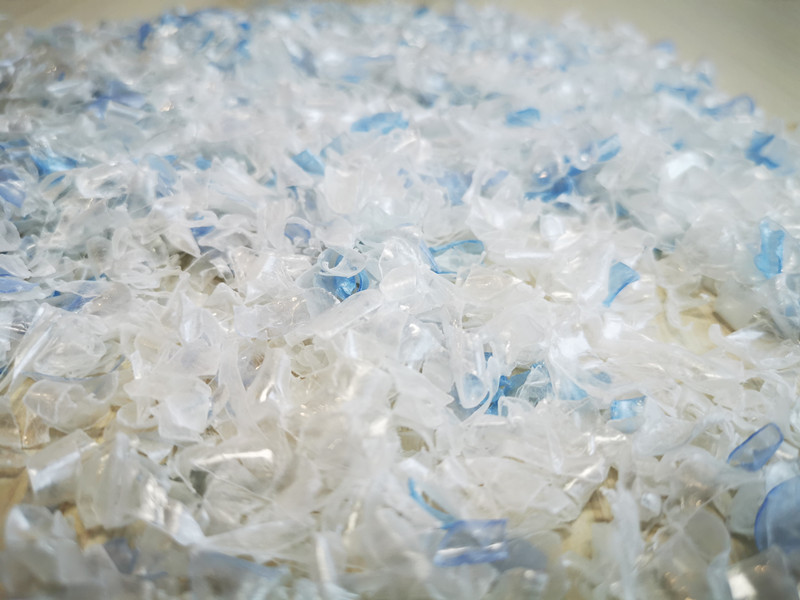RPET: Transforming Plastic Waste into Sustainable Solutions
In a world grappling with the environmental challenges posed by plastic waste, RPET, or Recycled Polyethylene Terephthalate, emerges as a beacon of hope. RPET represents a significant step towards addressing the plastic pollution crisis and fostering sustainability in the production of various everyday items. This article delves into the world of RPET, exploring its origins, applications, environmental benefits, and the role it plays in the broader context of sustainability.
The Journey of RPET
Polyethylene terephthalate (PET) is a widely used plastic in products such as beverage bottles, food containers, and clothing fibers. The production of virgin PET is resource-intensive and contributes to environmental degradation. RPET, on the other hand, is created by recycling PET plastics, primarily through a process that involves collecting, cleaning, shredding, and melting used plastic items. The resulting material can be used to manufacture a wide range of products.
Applications of RPET
Bottles and Packaging: RPET is commonly used to make new plastic bottles and food packaging. Recycled PET bottles not only conserve natural resources but also reduce the carbon footprint associated with their production.
Textiles: RPET fibers are increasingly being used in the textile industry to create eco-friendly clothing and fabrics. Brands are turning to RPET as a sustainable alternative to traditional polyester, reducing the demand for new petroleum-based polyester.

Non-Food Containers: Recycled PET is used to manufacture various non-food containers, including shampoo bottles, detergent containers, and cosmetic packaging.
Construction Materials: RPET can be used in construction materials such as insulation, carpeting, and roofing materials, adding strength and thermal insulation properties to these products.
Automotive Parts: In the automotive industry, RPET is used for interior components like seat fabrics, carpeting, and trunk liners, contributing to the sector's sustainability efforts.
Environmental Benefits of RPET
Resource Conservation: RPET reduces the need for new plastic production, conserving valuable natural resources such as crude oil and reducing energy consumption.
Waste Reduction: Recycling PET plastics into RPET helps divert plastic waste from landfills and oceans, addressing the growing problem of plastic pollution.
Energy Efficiency: The production of RPET typically requires less energy compared to creating virgin PET, leading to reduced greenhouse gas emissions.
Reduced Pollution: By reducing the demand for new plastic production, RPET contributes to lower pollution levels associated with the petrochemical industry.
Circular Economy: RPET is a key player in the development of a circular economy, where products are designed for reuse and recycling, reducing waste generation.
Challenges and Innovations
While RPET offers significant environmental advantages, it is not without challenges. One of the primary obstacles is ensuring the quality and safety of recycled materials, especially for applications involving food and beverages. Innovations in recycling technology, including improved sorting and decontamination processes, are continuously addressing these challenges. Additionally, raising consumer awareness about the benefits of RPET and encouraging recycling habits remains crucial.
Conclusion
RPET represents a powerful solution to the global plastic waste crisis. Its versatility and sustainability make it an essential component in various industries, from packaging and textiles to construction and automotive manufacturing. By reducing the demand for virgin plastics, RPET helps conserve natural resources, reduce energy consumption, and mitigate environmental pollution.
In the pursuit of a more sustainable future, RPET embodies the principles of the circular economy, where materials are reused and repurposed, creating a closed-loop system that minimizes waste. As consumers become increasingly conscious of the environmental impact of their choices, RPET offers a tangible and effective way to contribute to a cleaner and more sustainable planet. Embracing RPET is not just an environmental responsibility but also a pathway towards a more sustainable and resilient future for all.


